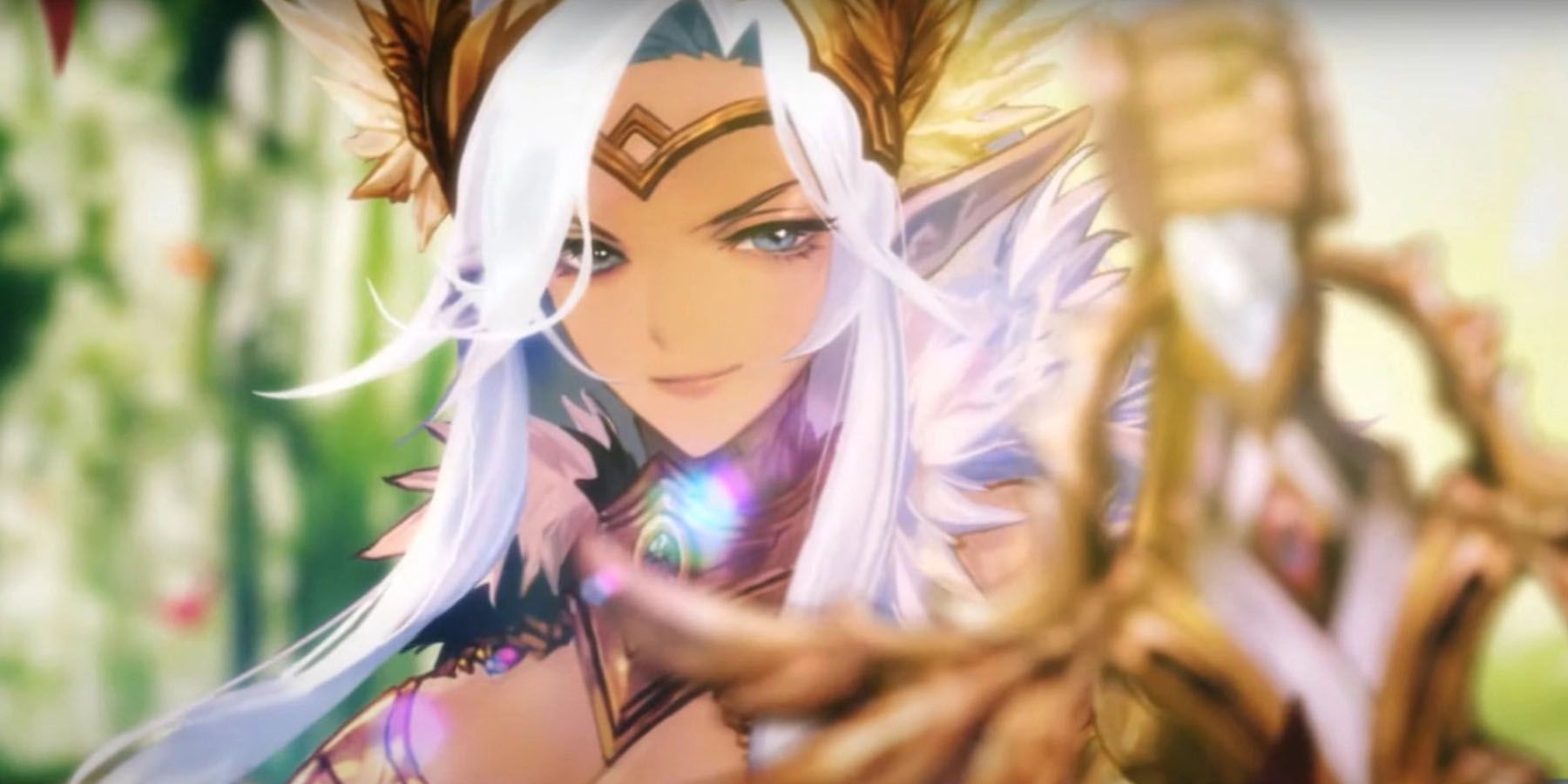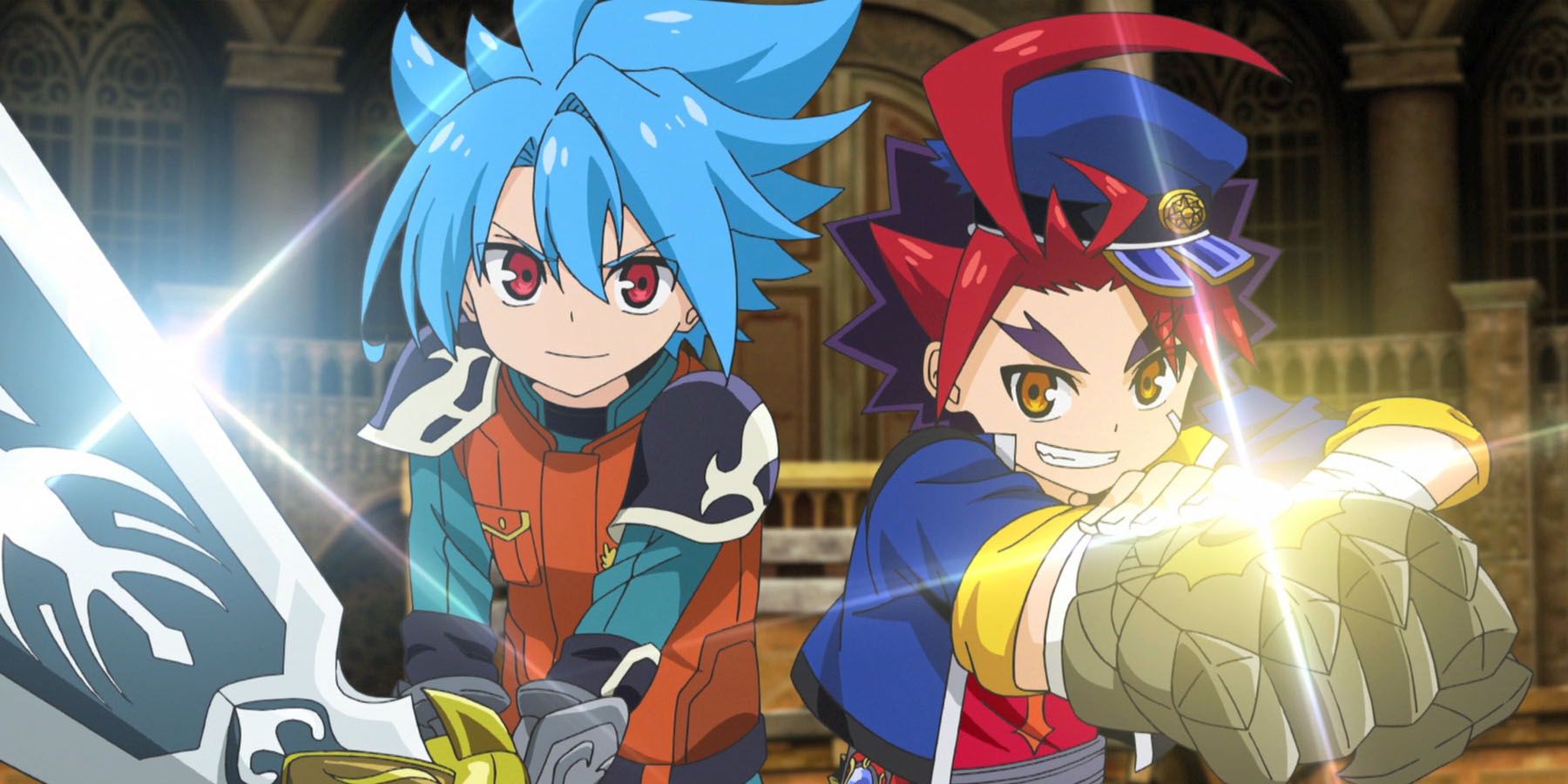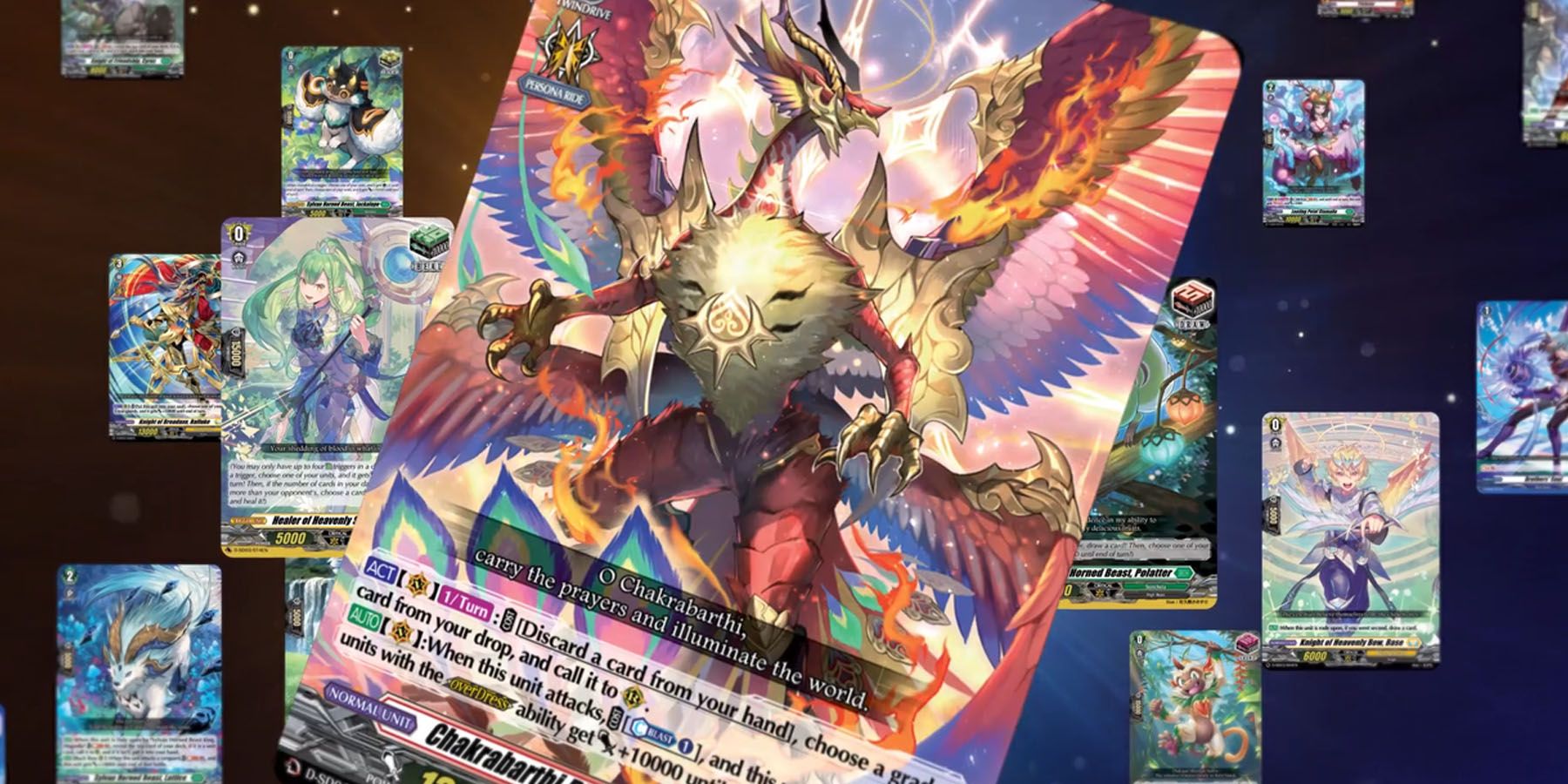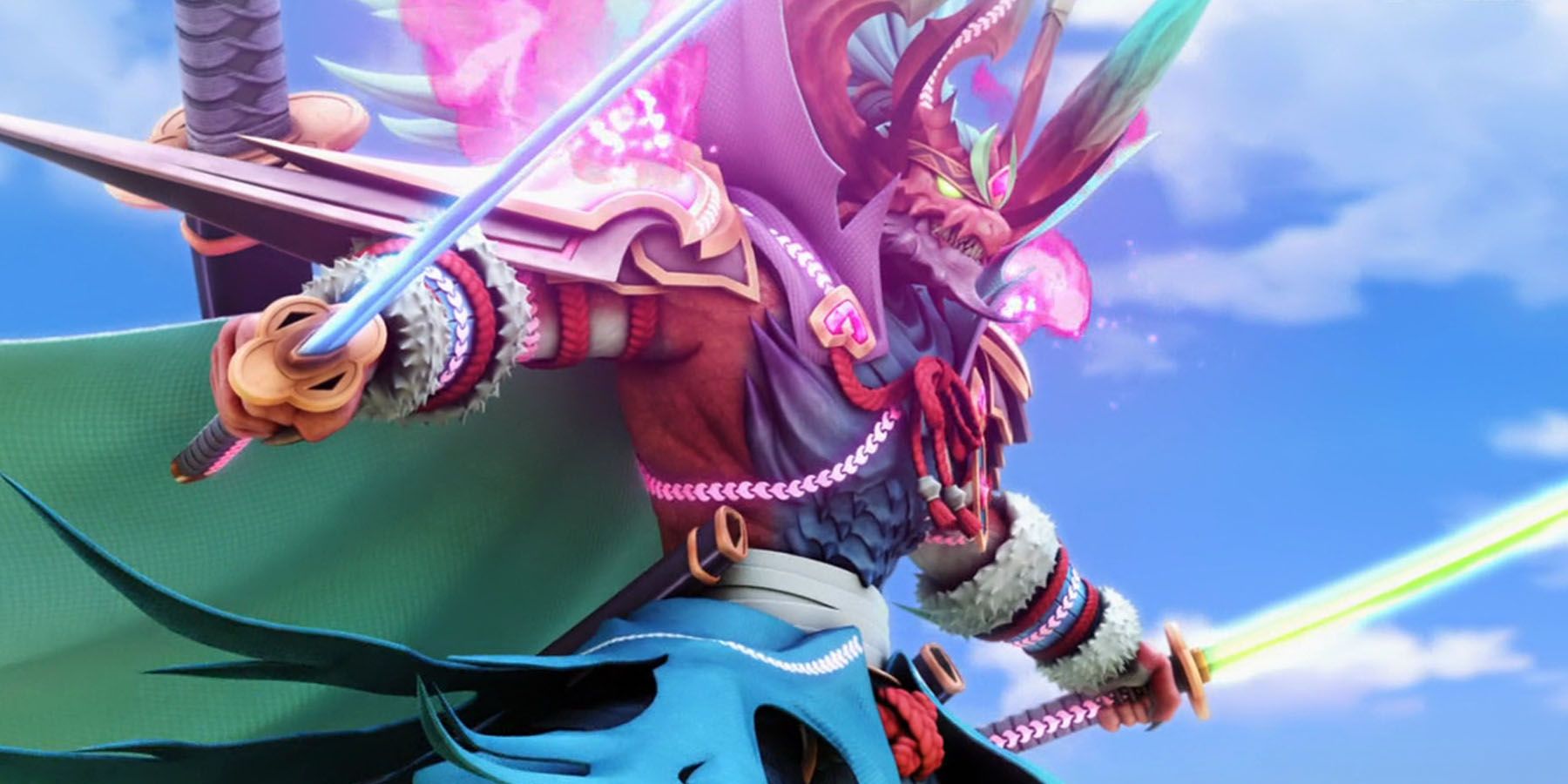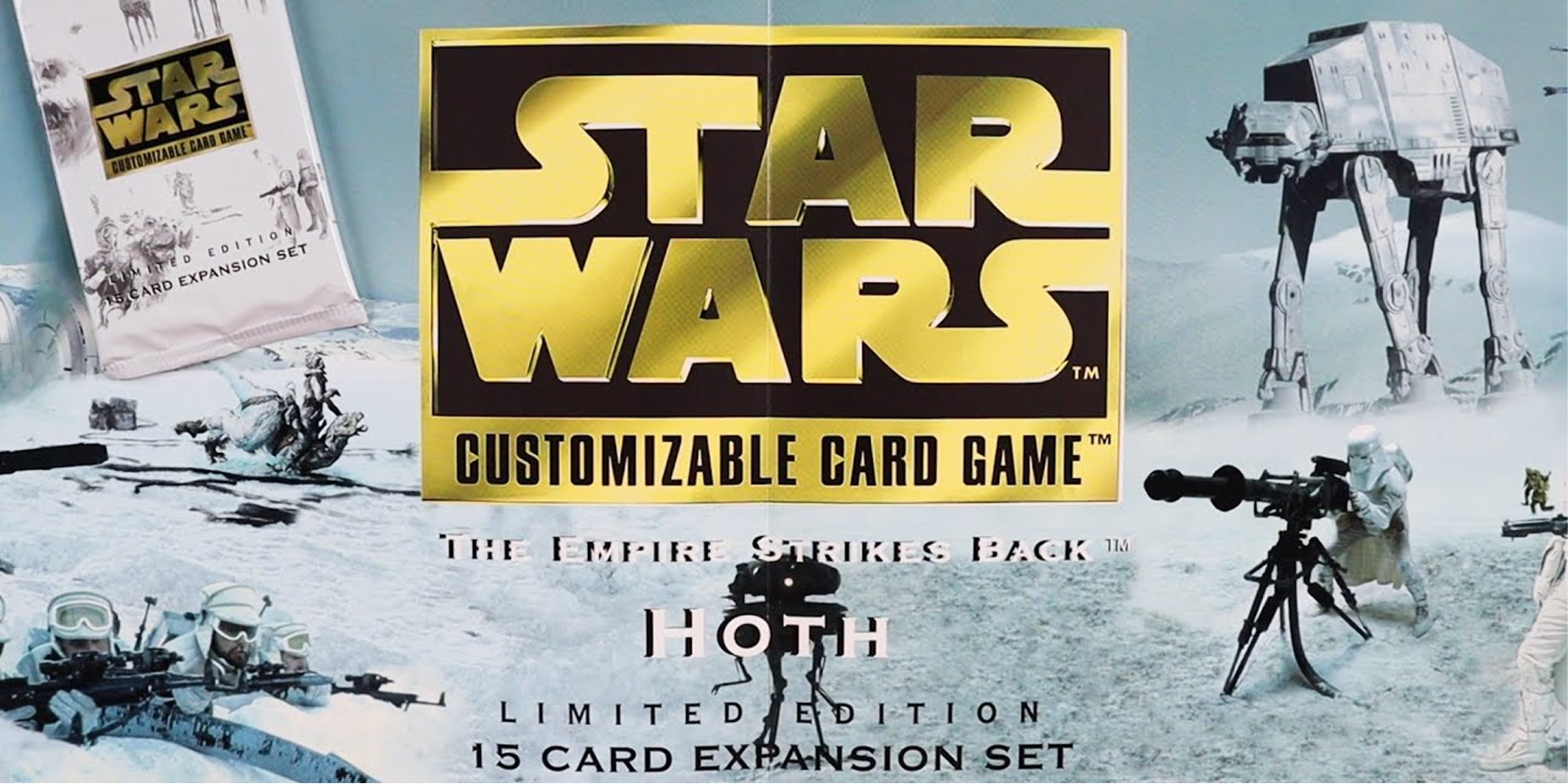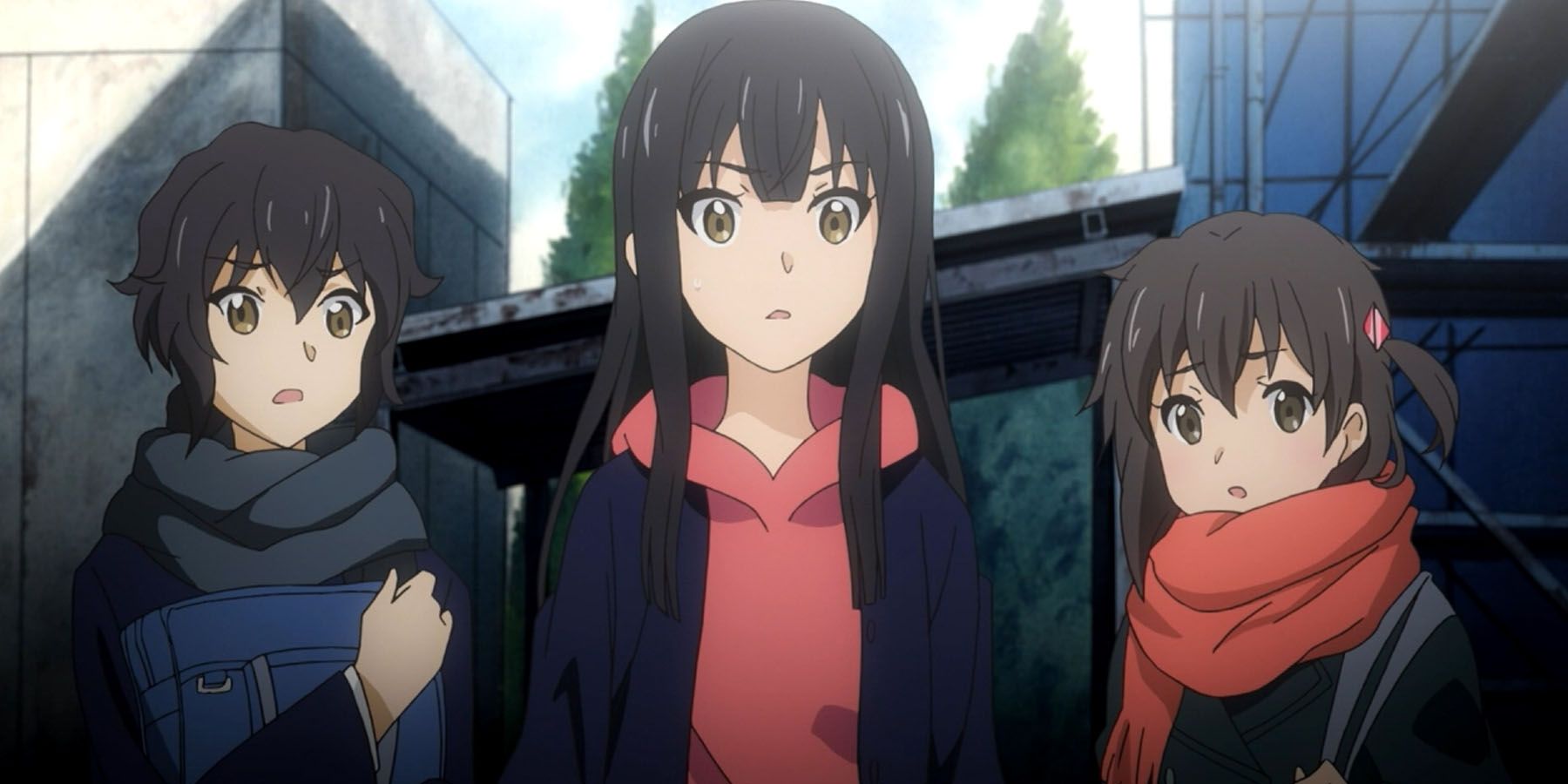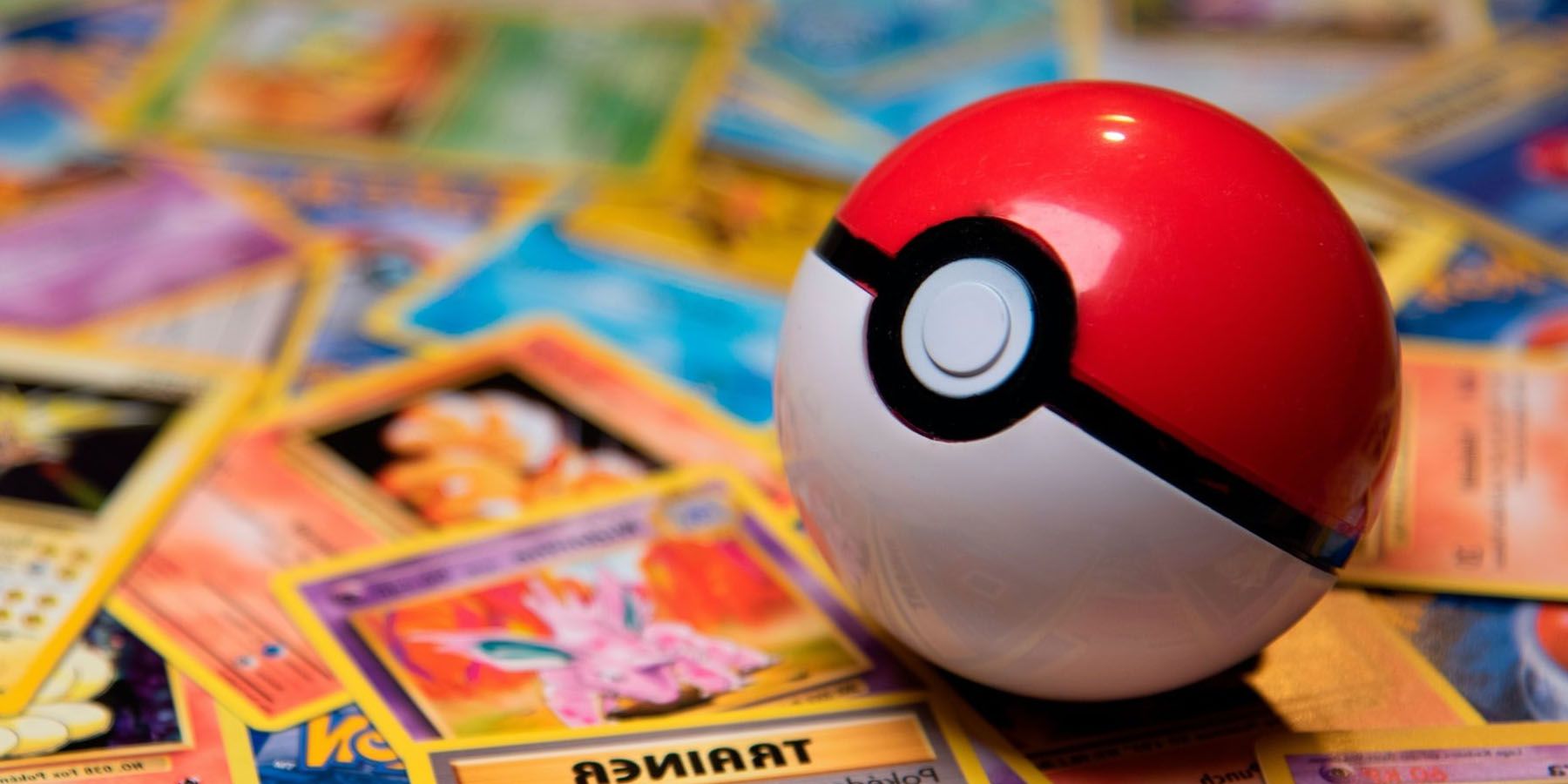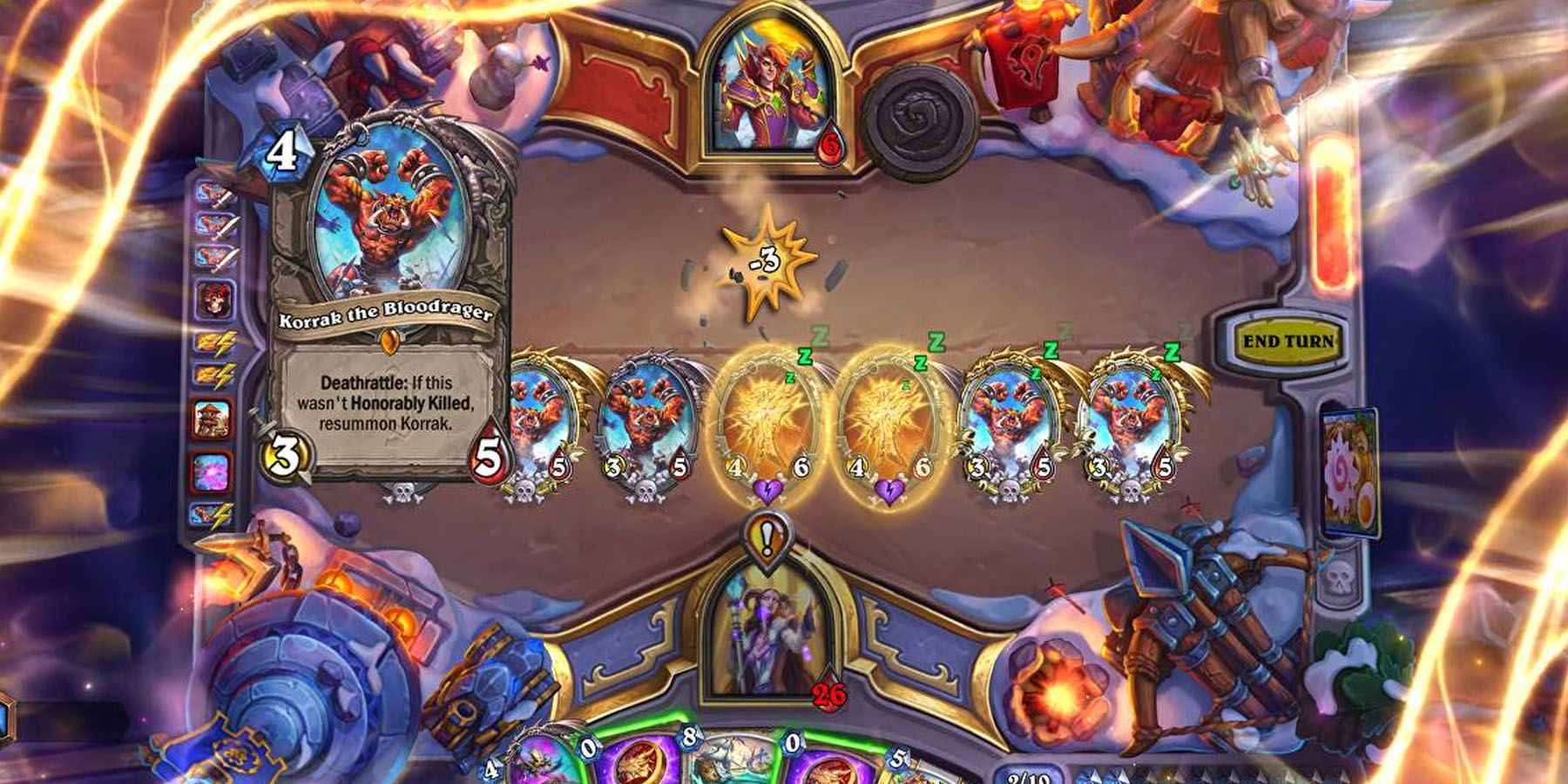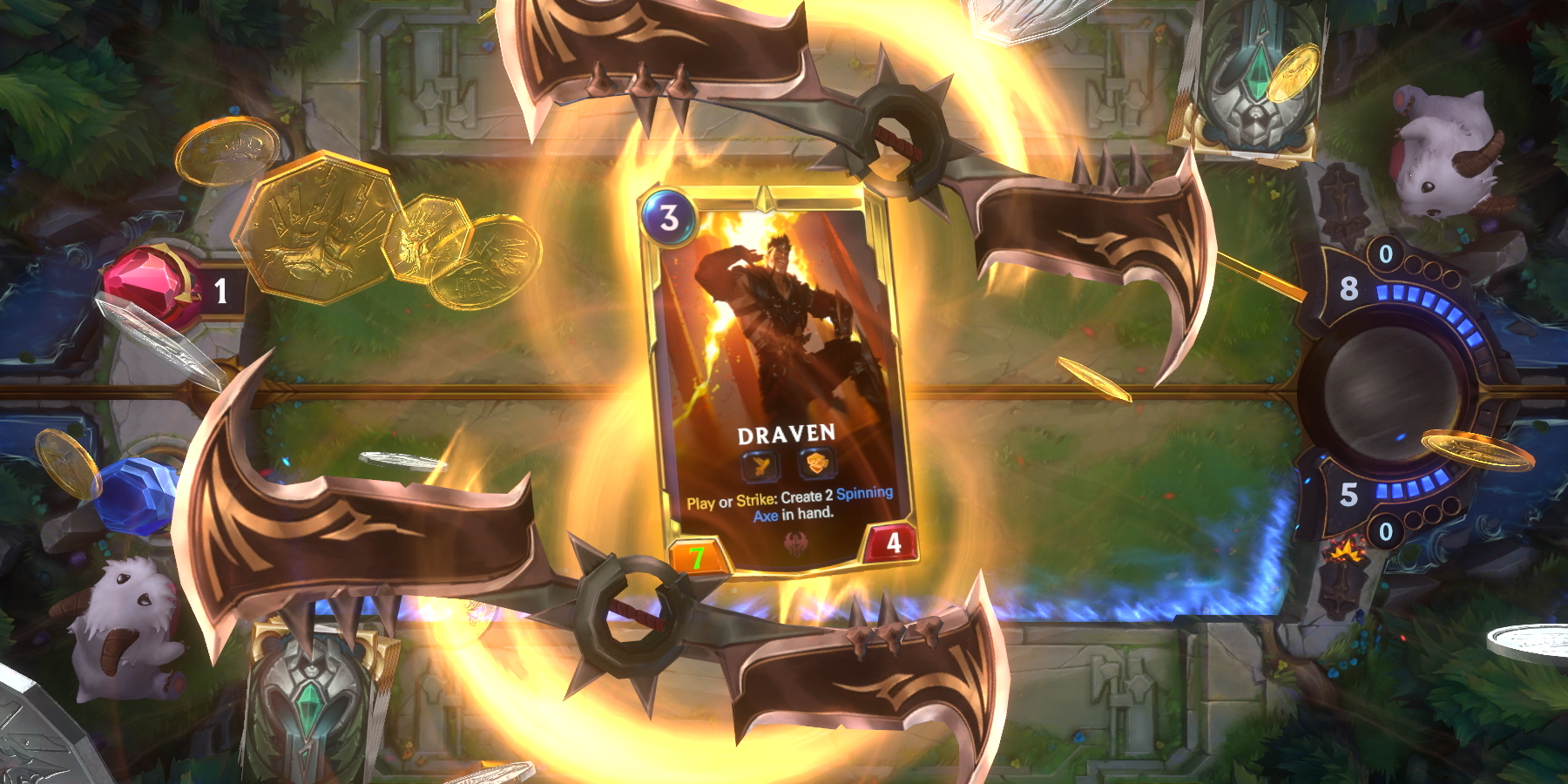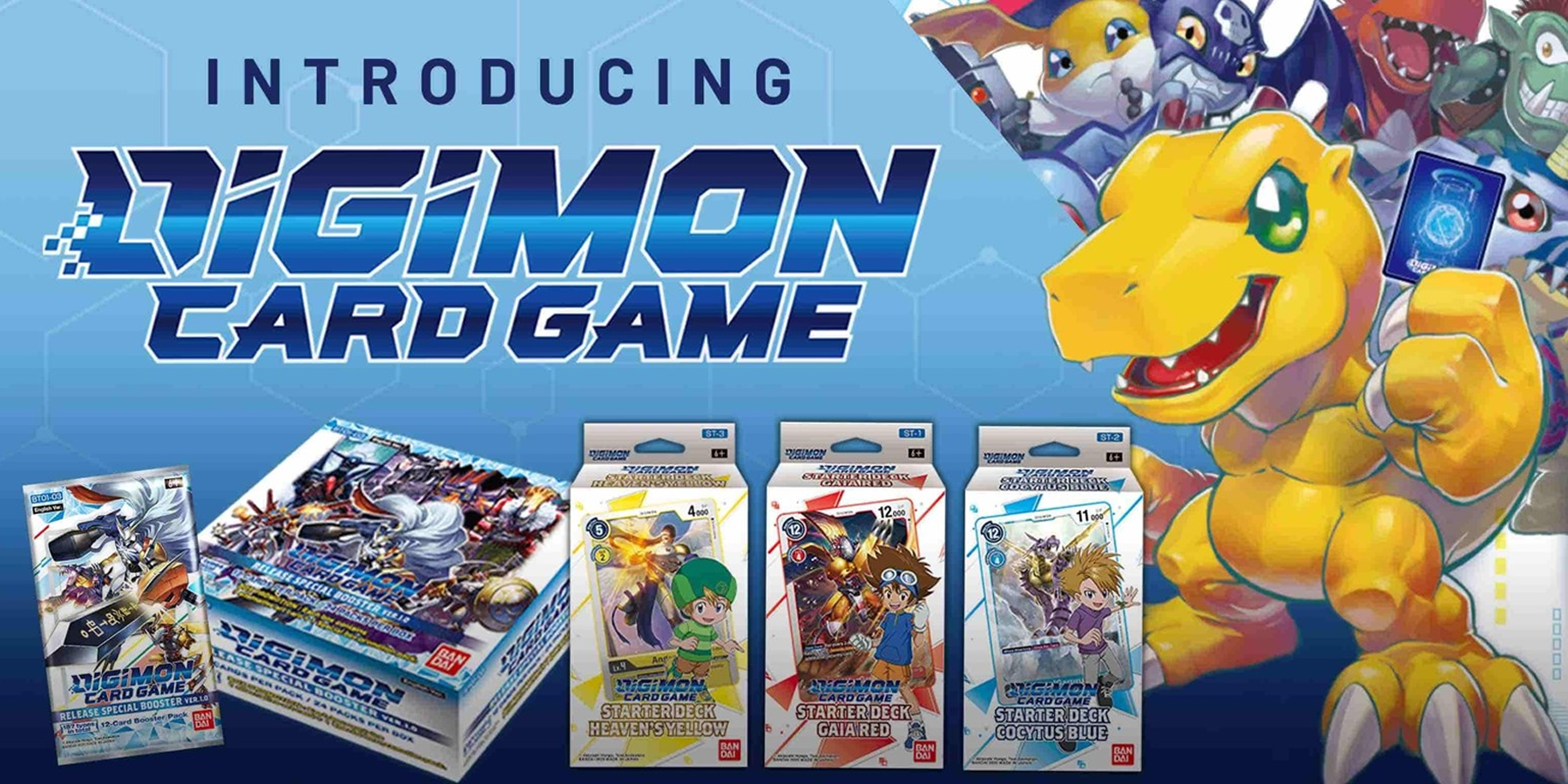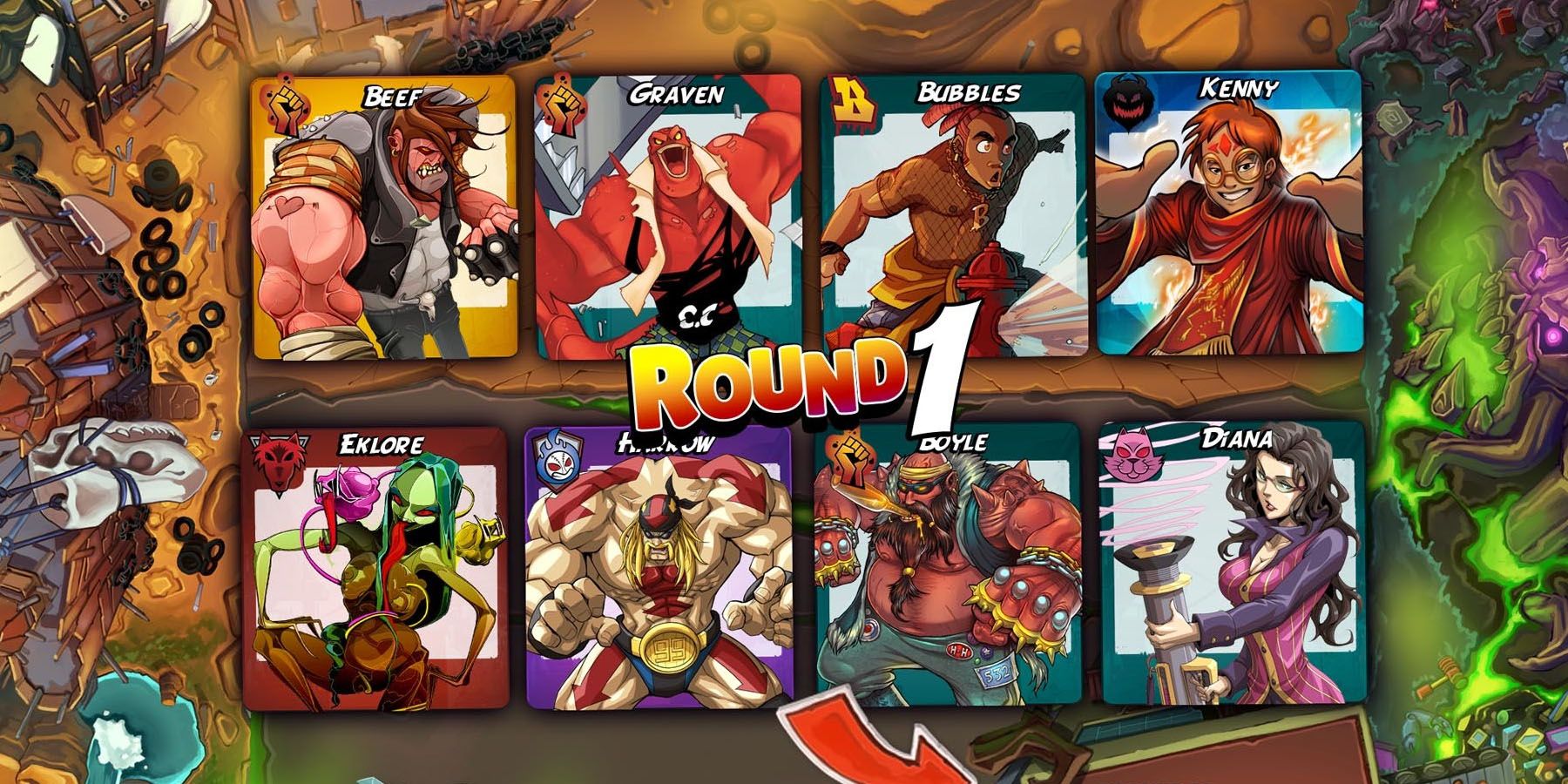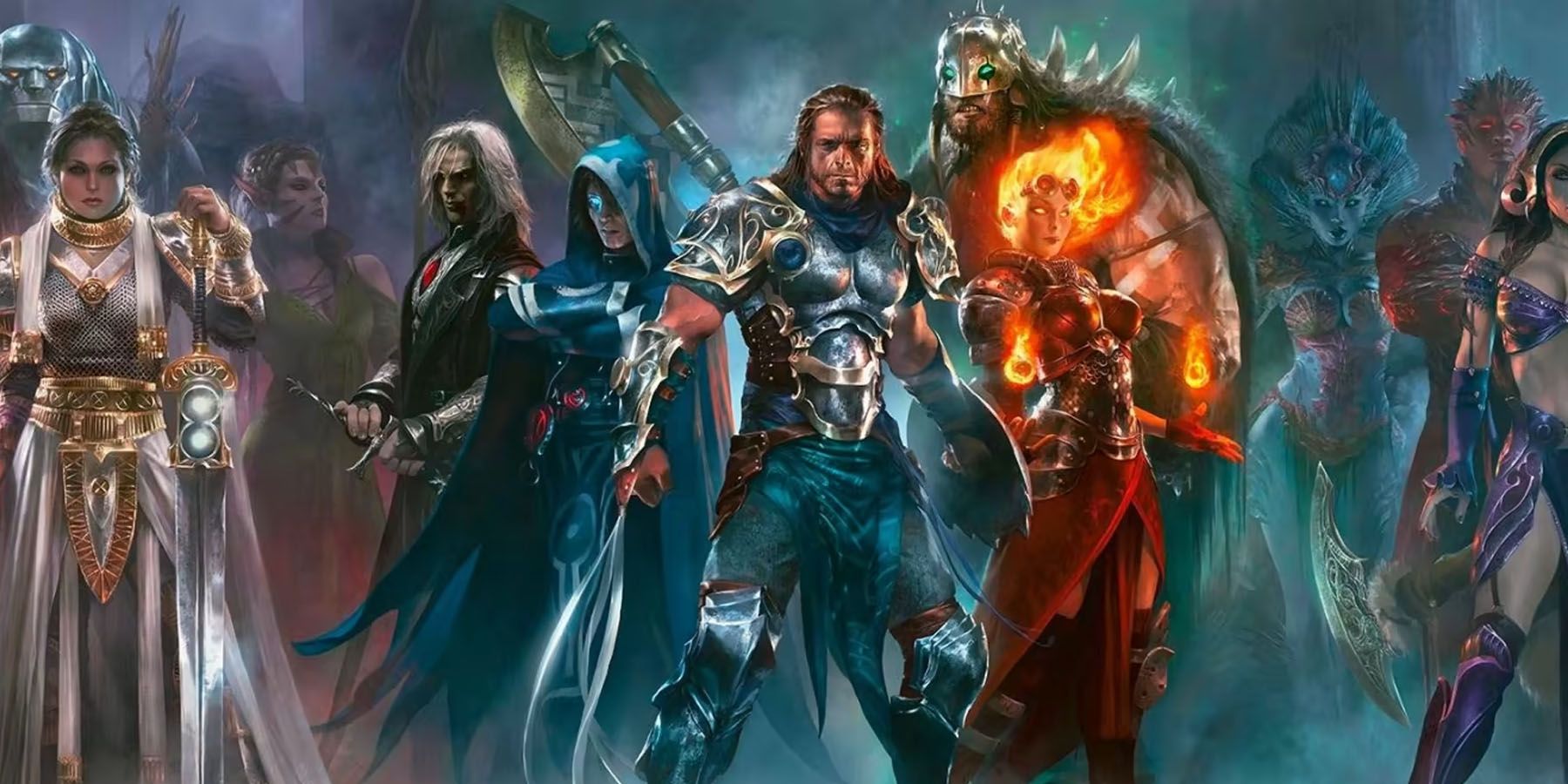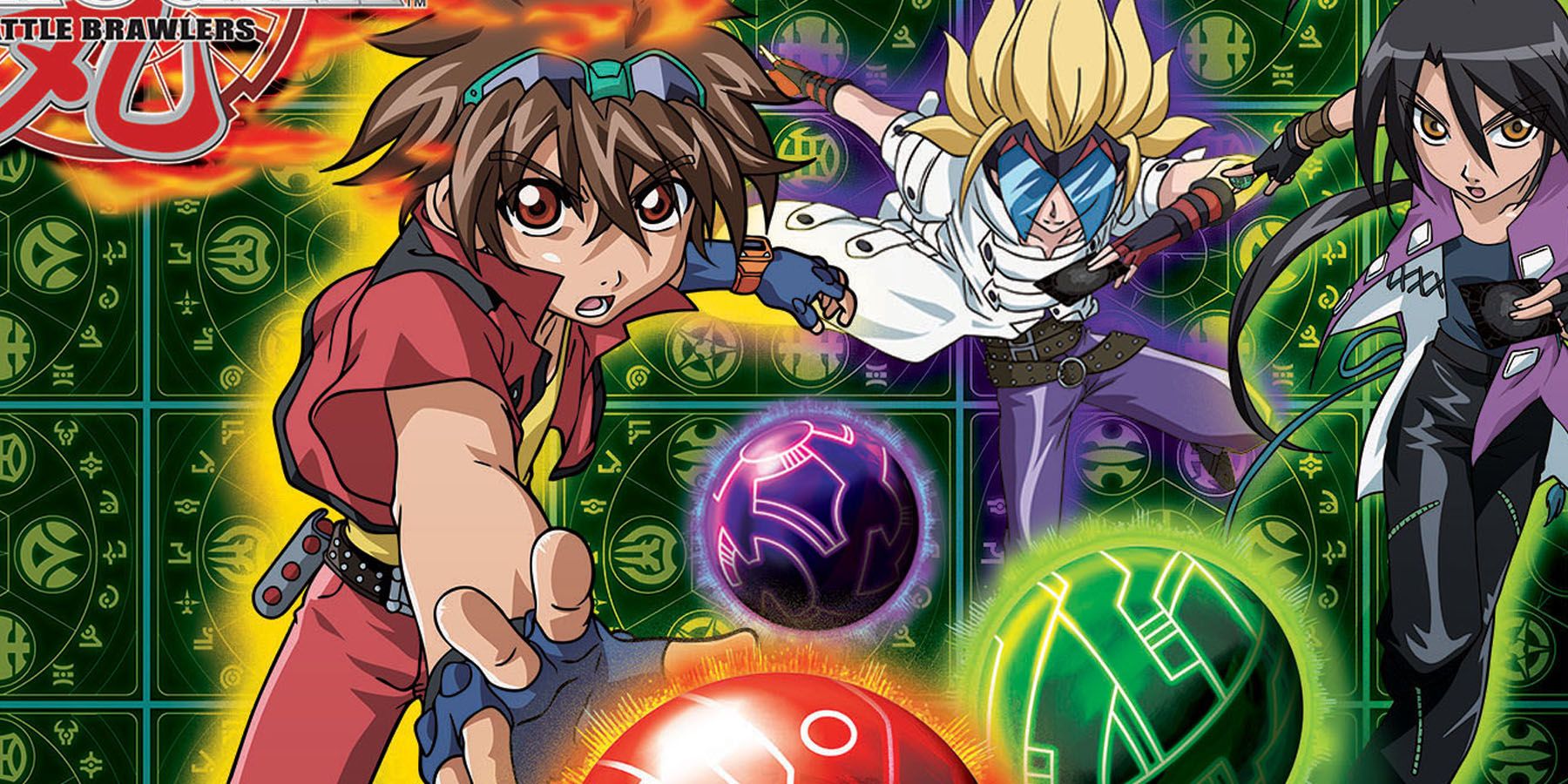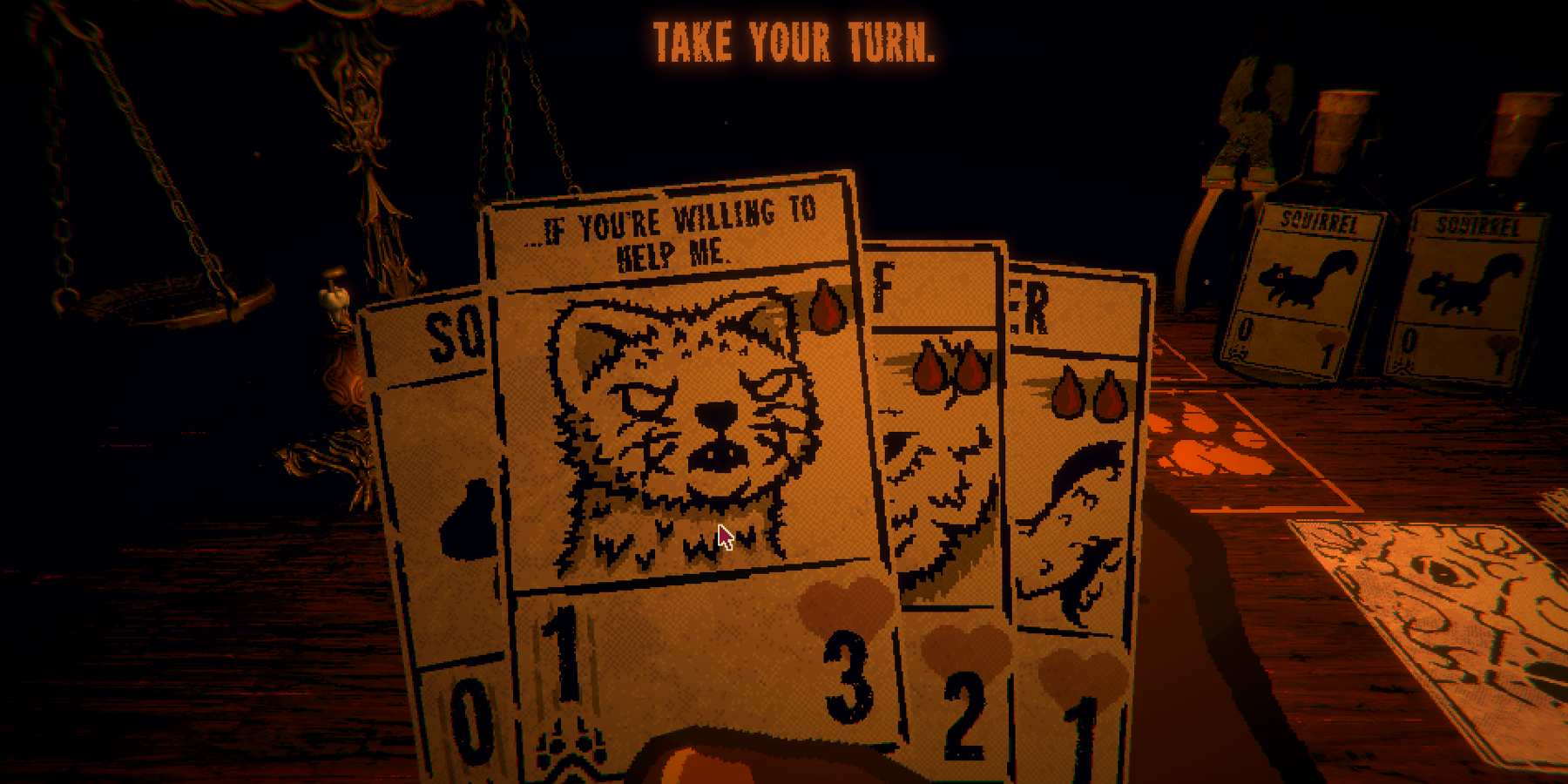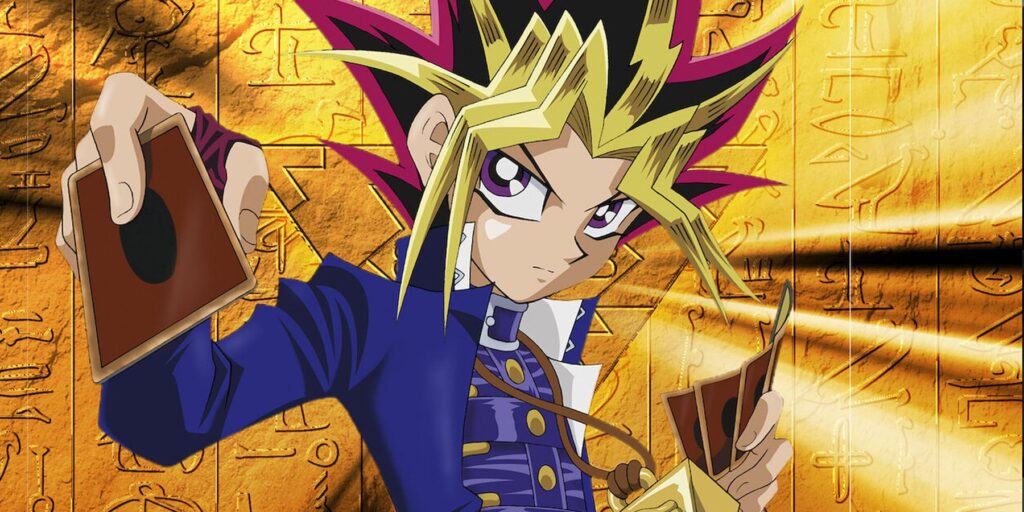
When the Yu-Gi-Oh! anime first aired as Yu-Gi-Oh! Duel Monsters in 2000, its trading card game took the world by storm. Now in its seventh iteration with Yu-Gi-Oh! Go Rush!!, Yu-Gi-Oh! proves it’s nowhere near losing its hype. And for players eager to try and develop their mastery over the card game, there are quite a lot of video games to cover – including the more TCG-accurate Yu-Gi-Oh! Master Duel and the more dynamic Duel Links and Cross Duel.
Great Switch Games To Play If You Like Fallout
For Fallout fans looking to scratch that itch on the Nintendo Switch, these games should be right up your alley.
However, fans of TCGs who want new gaming experiences may want to give games like Yu-Gi-Oh! a shot. These include the TCG inspiration of the core trading card game, a game that took inspiration from Yu-Gi-Oh!, and other TCGs that had more dynamic mechanics for both vets and newcomers.
Updated on December 27, 2023, by Rhenn Taguiam: With the English edition of the 25th Anniversary Kaiba Ultimate Kaiba Set giving Yu-Gi-Oh! fans the opportunity to tote a briefcase in the same way Yugi’s rival and KaibaCorp CEO loves to do, card game enthusiasts may find this the perfect time to get into the acclaimed Konami card game. However, fans who want to switch things up may opt out of hand traps and different summoning mechanics to other card games that have unique features. Among must-tries for Yu-Gi-Oh! fans include an RPG with card game elements, a card-heavy horror title, a digital card game based on a MOBA, a classic card game of a hit sci-fi franchise, and a new card game based on a series about digital monsters.
15 Shadowverse (2016)
Focus On Anime Visuals Plays Into YGO Card Design
|
Publisher |
Cygames |
|---|---|
|
Release Date |
October 28, 2016 |
|
Website/Product Link |
Shadowverse |
Dev studio Cygames is no stranger to various IPs, with Rage of Bahamut in 2011 and Shadowverse in 2016 being their key entries into the card game space. While best known for the RPG Granblue Fantasy, Cygames’ Shadowverse is probably its most famous attempt at a digital card game. What’s perhaps interesting is how its mechanics mesh the anime aesthetics of Yu-Gi-Oh! with the more fast-paced gameplay of Hearthstone.
While Shadowverse mechanics revolve around a Play Point mechanic used to play Followers (key monsters), Spells (fast-action cards), and Amulets (longer-lasting buffs), the game is unique in having an Evolution mechanic, where Followers gain new effects after “evolving” in a match. Shadowverse also got an anime series in 2020, where protagonist Hiro Ryugasaki is dragged into card games through the mysterious Shadowverse app in a lost smartphone.
14 Future Card Buddyfight (2013)
Buddyfight Is Also A Game In The Anime, Like Duel Monsters Is To YGO
In a unique twist to the card game genre, Future Card Buddyfight from Bushido has an anime that starts with an odd premise. Set in Chou-Tokyo, Japan, in 2030, Gao Mikado is a Buddyfighter from Earth who, with his partner, Buddy Monster Drum Bunker Dragon from the Dragon World, engages in Buddyfights against other pairings from different Affinity Dimensions to decide the fate of the universe.
Key to the anime is the real-life card game Future Card Buddyfight, which based on its mechanics seems to be a more child-friendly take on the Yu-Gi-Oh! concept. Given the world allegiance theme of Buddyfight, central to the game’s mechanics are the player’s Buddy Monster and world-specific Flag Card, which add both flavor and special abilities that players may use. Aside from using spells and equipping items to their Buddy Monsters, players can also summon regular Monsters to aid them in battle. Unfortunately, Bushiroad discontinued both the game and support for the game in 2021.
13 Cardfight!! Vanguard (2011)
Straightforward Reliance On Aggression Similar To YGO Plays
Created as a joint project between Akira Ito and CCG/TCG publisher Bushiroad, Cardfight!! Vanguard remains a surprisingly strong competitor in the card game scene. Originally released as a card game in 2010, Cardfight!! Vanguard sprang to popularity after its first anime season in 2011. In the original series, protagonist Aichi Sendou progresses to improve past his shy self through the card game Cardfight!! Vanguard and his signature card, “Blaster Blade.” Throughout his tenure, Aichi strives to become a stronger fighter to prove himself to his rival, Toshiki Kai – a dream that eventually introduces him to a professional Cardfight!! Tournaments, as well as powers beyond his control.
Despite the franchise spawning various anime series with different protagonists, mechanics in Cardfight!! progressed at a similar rate to Yu-Gi-Oh!’s. At its core, players have an “avatar” called a Vanguard and call forth various Units to fight on their behalf, all possessing unique traits and abilities. The game’s goal is to reduce the opposing player’s Damage to zero or deplete their deck. Despite its seemingly complex mechanics, Cardfight!!’s tactical flair remains appealing to players looking for strategic depth outside usual Yu-Gi-Oh! or Magic: The Gathering plays.
12 Duel Masters (2004)
High-Attack Math Of Duel Monsters With Mana From Magic The Gathering
|
Publisher |
Konami |
|---|---|
|
Release Date |
February 5, 2004 |
|
Website/Product Link |
Duel Masters |
Known in Japan as Kaijudo, it’s Duel Masters that became an alternative to Yu-Gi-Oh! for fans of card games back in the early 2000s. Initially developed as a joint project between Takara Tomy and Wizards of the Coast, the first Duel Masters concept was intended to promote the hit Magic: The Gathering card game. When Wizards of the Coast became dissatisfied that the manga revolved around characters “playing” Magic instead of being set “inside” Magic, the team created an entirely new game.
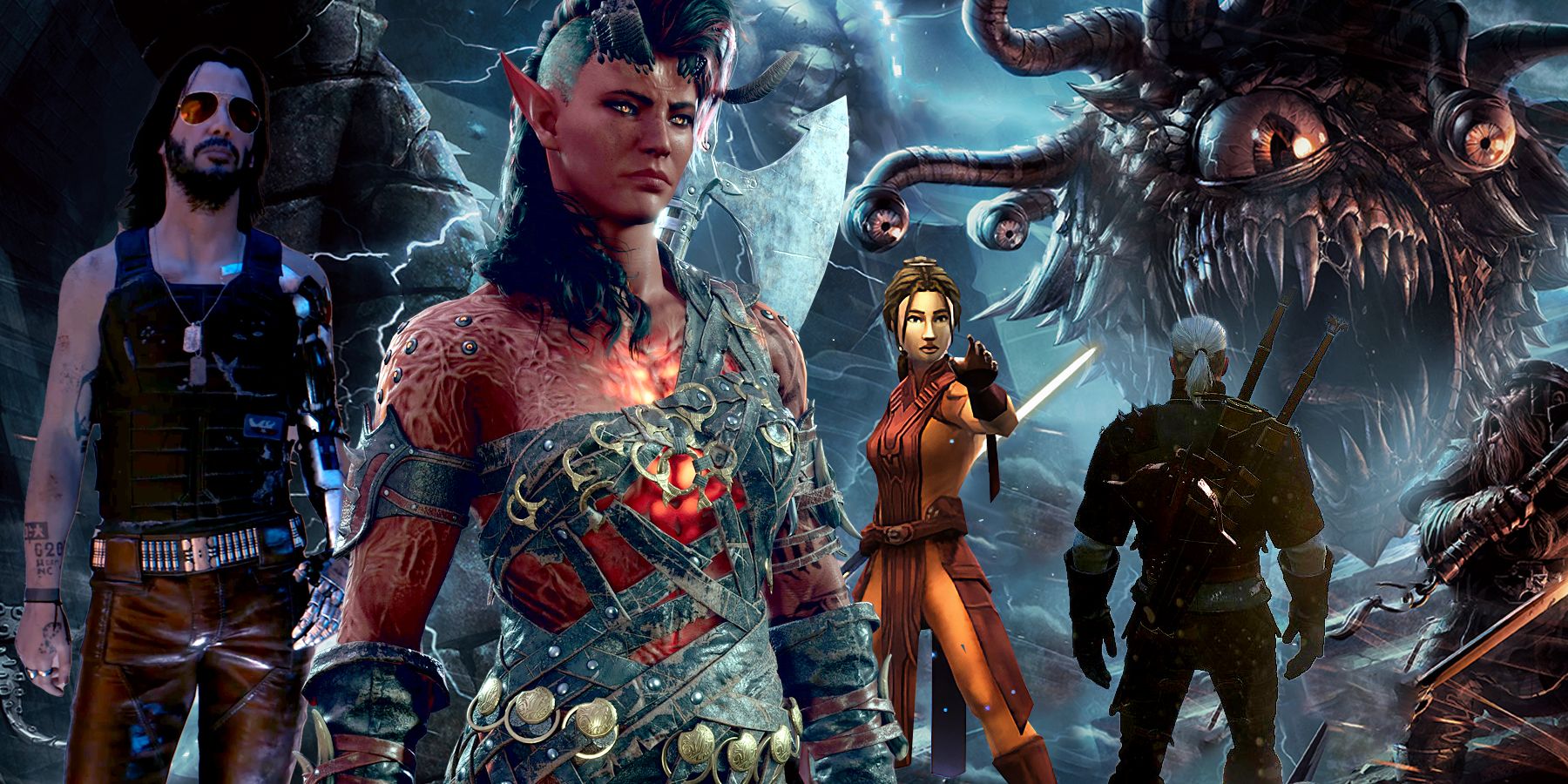
Video Games To Play If You Love Dungeons & Dragons
Dungeons & Dragons inspired countless CRPGs over the years, but which games should a fan of the Tabletop franchise try?
Starring Duel Masters player Shobu Kirifuda, the protagonist gets dragged into an adventure to save the world after discovering that he’s one of the few Duel Masters players who can bring their monsters to life. At its core, Duel Masters followed a similar Mana and keyword system in Magic but kept simple for younger audiences. Cards are now capable of becoming Mana, with Yu-Gi-Oh!’s “life points” replaced by Shields or cards that go into the hand once destroyed. Hitting the player with all Shields destroyed will cost them the match. Despite its more straightforward mechanics, Duel Masters remains discontinued even after attempts to relaunch in 2012 and 2014.
11 Star Wars CCG
Hard Focus On Force Spending Similar To YGO’s Hard Focus On Summon Types
|
Publisher |
Decipher, Inc |
|---|---|
|
Release Date |
December 1995 |
|
Website/Product Link |
Star Wars CCG |
The Force being a universal presence and power source in Star Wars lore maintains the same role in Star Wars CCG, where conventional resources are skipped in favor of the player’s very deck being both their available resource and “life.” On top of matches being lost when all cards are removed from play, Star Wars CCG’s very mechanics revolve around punishing and rewarding players for sacrificing their cards. As such, players need to pay closer attention to how they want to secure the victory during these gambles.
In a bid to replicate the epic wars and duels between both Star Wars factions and characters, Star Wars CCG mechanics allow players to summon characters, augment them with items, control locations, pursue objectives, and activate events – all using valuable Force Points. Similar to Yu-Gi-Oh! which pays particular attention to summons, Star Wars CCG forcing (no pun intended) a delicate balance between risking using the deck for powerful plays or preserving it for longer wars of attrition adds a layer of strategy for card game fans.
10 WIXOSS (2014)
Emphasis On SIGNI Summons Are Similar To YGO’s Summon Specialization
|
Publisher |
Takara Tomy |
|---|---|
|
Release Date |
April 2014 |
|
Website/Product Link |
WIXOSS |
What if Yu-Gi-Oh! straight up revolved around magical girls? This is the entire premise of WIXOSS, a multimedia franchise revolving around the card game of the same name. In its 2014 anime series, WIXOSS stars girls known as Selectors who have to play WIXOSS with magical fighters known as LRIGs who will earn a wish after several victories. Unfortunately, each anime series unravels a darker purpose of the WIXOSS games, with the sequel even wagering one’s actual memories and existence.
Players have a core LRIG card that serves as their avatar, with Arts serving as their special abilities. These are placed on decks separate from another deck with SIGNIs or summonable monsters like in Yu-Gi-Oh! and their supportive Spell cards. Play in WIXOSS focuses on removing all the opposing player’s Life Cloth (life points), which is usually protected by Guard cards discarded after players engage in LRIG versus LRIG combat.
9 Pokemon Trading Card Game (1996)
Pokemon Evolution Similar To YGO Summon Mechanics
First published by Japan’s Media factory in 1996 and the US’s Wizards of the Coast, the Pokemon Trading Card Game is one of the most popular cards based on an existing video game IP. Currently published by the Pokemon Company, the CCG has now sold more than 40 billion cards around the world, with booster packs still catching up with the Scarlet & Violet releases. Players at first glance may notice similarities between the core mechanics of the Pokemon TCG and Wizard’s Magic: The Gathering, with the former incorporating more active components.
On top of a winning condition revolving “Knock-outs,” mechanics are also based on Pokemon concepts in the video games: Evolution, Energy Cards for casting (Pokemon Types), buffing Pokemon (Tools and Supporters), and altering the state of play (Stadium, Trainer Cards). However, Pokemon TCG is also similar to Yu-Gi-Oh! in its monster-juggling mechanics, where players need to decide if Evolving a Pokemon is worth the while due to different effects.
8 Hearthstone (2014)
Minion Summons Work Like YGO Summons
|
Publisher |
Blizzard Entertainment |
|---|---|
|
Release Date |
March 11, 2014 |
|
Website/Product Link |
Hearthstone |
Due to the success of Blizzard’s World of Warcraft, it makes sense for spin-off products based on Warcraft lore to arrive on shelves, with Hearthstone being one of those rare hits since its 2014 launch. Primarily a digital card game, Hearthstone is taken from the Hearthstone teleportation stones in the Warcraft MMO, and shares gameplay elements with Magic: The Gathering albeit with much faster pacing.

15 Games You Should Play Before You Sleep
From Stardew Valley to Flower, these wonderful games might just help you unwind and de-stress from your day.
Players build a deck based on a Class, possessing both special Hero Powers and a defining element that dictates play style. For instance, Shamans rely heavily on Totem-based buffs, while Rogues rely on quickplay tactics. Using Mana earned per turn, players can summon Minions like in Yu-Gi-Oh! and cast various Spells, which rely on keywords that usually pertain to specific effects.
7 SteamWorld: Quest
Combo Plays Similar To YGO Chains
|
Publisher |
Thunderful Publishing |
|---|---|
|
Release Date |
April 25, 2019 |
|
Website/Product Link |
Steamworld: Quest |
While not necessarily a collectible card game, the integrated card game mechanics in SteamWorld: Quest adds a unique flair to its RPG story of a ragtag team of robots saving the world. Players engage in combat with 24-card decks, each of which comprises smaller 8-card “mini-decks” based on the party’s characters. With cards sprawled across Strike, Skill, or Upgrade variants alongside a special card when three of a character’s cards are chosen for a turn, SteamWorld: Quest gives players a lot of variability for its straightforward gameplay.
Although the number of cards collectible in SteamWorld: Quest could barely graze the surface of Yu-Gi-Oh!’s card slate, the former’s similarities to the latter have more to do with its combo system. Considering how a lot of Yu-Gi-Oh! decks today rely on rotations and fast-paced summons, fans of the card game may find some sort of familiarity with SteamWorld: Quest needing players to balance character-focused attacks with the most efficient output of the turn.
6 Legends Of Runeterra
Card Activation Hierarchy Similar To YGO Chain Links
Despite being a digital card game, Legends of Runeterra excels in providing quite the flexibility in terms of both speed and control that contemporaries such as Hearthstone just don’t possess. While the game maintains turn-based increasing Mana as a resource and 20 Life via the Nexus, Legends of Runeterra ups the ante as a digital card game with its accessibility.
Similar to Yu-Gi-Oh!’s Chain Links, Legends of Runeterra cards can be countered based on a specific tier of highest to lowest (Fleeting, Slow, Fast, Burst) card speeds, and resolved as last-in-first-out. Moreover, the addition of being able to actively choose blockers of attacks adds variability to deck construction.
5 Digimon Card Game
Color-Based Digivolutions Similar To Color-Coded YGO Summon Types
Resources, or the lack thereof, have become one of the key strengths of Yu-Gi-Oh! upon release, making its gameplay more accessible with its star-based system and eventual summoning mechanics. The Digimon Card Game is similar to Yu-Gi-Oh! in overcoming a similar hurdle, this time with the series’ convoluted Digivolution System. Instead of relying on set prerequisite Digimon, any creature can now Digivolve into a stronger monster provided they have a higher rank within the same color.
This alone boosts the tactical depth of the Digimon CCG, motivating players to create more flexible decks based on color-creature combinations. Not only that, but the shared Memory resource allows players to theoretically summon strong Digivolutions by dipping into the enemy’s own Memory reserves, except the summon ends the player’s turn and transfers control to the enemy alongside quite a lot of Memory to use for a counter-attack.
4 Urban Rivals (2006)
Faction-Heavy Play Is Similar To YGO Archetype Decks
|
Publisher |
Acute Games |
|---|---|
|
Release Date |
January 17, 2006 |
|
Website/Product Link |
Urban Rivals |
Despite its age, Urban Rivals remains an interesting Yu-Gi-Oh! alternative for players looking for a faster-paced experience with a unique take on aesthetics. Set in the fictional Clint City, players assemble teams of characters from various “gangs,” each hailing from a faction with a grander stake in the city’s politics. Choosing a faction not only brings about unique visuals but also different effects – much like how Yu-Gi-Oh! Archetypes combine a general theme and card mechanic.
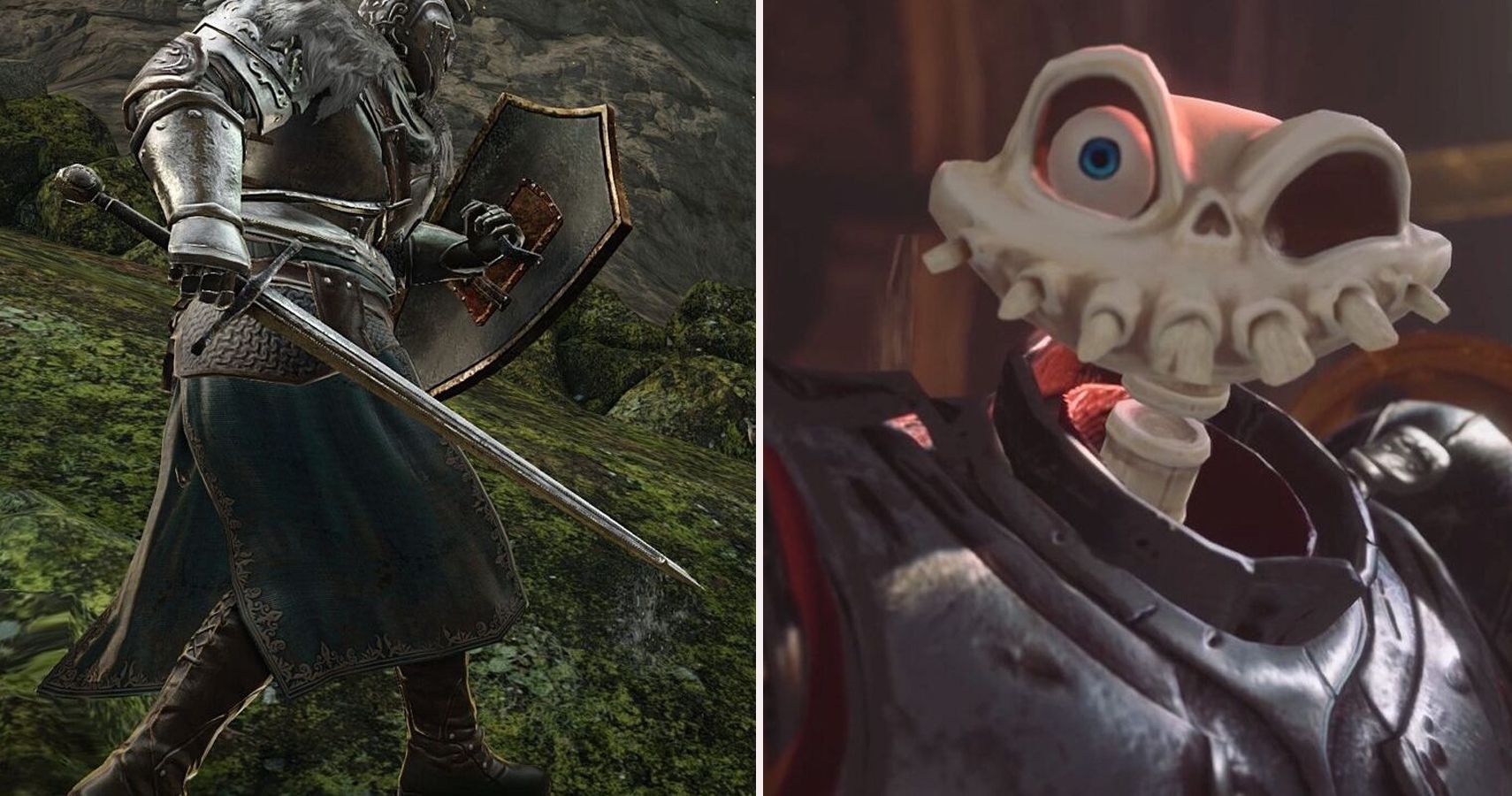
Top 15 Gothic Games Of All-Time, Ranked
The “gothic genre” has been around for quite some time, producing some of the most intense and grittiest games to ever hit the market.
The main game mechanics in the core Urban Rivals game and its transition to the more modern Urban Rivals World revolve around players selecting a card to play against their opponent’s, with the option to augment them using limited Pillz per turn. Cards also have assigned Damage Values that are dealt to the opponent’s Life when they win the conflict, where the player who gets to 0 Life first loses the match. The extremely fast-paced nature of Urban Rivals matches makes it extremely appealing to both newcomers and savants to the genre.
3 Magic: The Gathering (1993)
Card Speed, Color Combo Decks Similar To YGO Chain Links, Archetypes
|
Publisher |
Wizards of the Coast |
|---|---|
|
Release Date |
August 5, 1993 |
|
Website/Product Link |
Magic: The Gathering |
Perhaps the “OG” when it comes to popular trading card games, it’s Magic: The Gathering that consistently proved nothing beats simplicity. Since its stay in the market after its first publication in 1993, Magic has released more than 20,000 unique cards across various expansions, with tournaments and matches held across different settings.
In the game, players take on the role of Planeswalkers, or wizards who can travel across dimensions. The Magic: The Gathering CCG makes use of Mana as a means to draw upon the power of various “spells,” which take the form of attacking or defending Creatures, effect-releasing Sorceries and Instants, and long-lasting Artifacts that follow a speed hierarchy like Yu-Gi-Oh!‘s Chain Links. Thanks to keywords, cards released over time can share mechanics, simplifying play. Moreover, decks could be built based on color combinations and emphasis on Creature types, much like how Yu-Gi-Oh! decks can be built around Archetypes.
2 Bakugan Battle Brawlers (2009)
Gate Cards Function Like YGO Field Spells
While the first Bakugan anime aired in 2008, it was 2006 that marked the launch of the initial Bakugan toy line. Created by Sega Toys and Spin Master, Bakugan gameplay heavily relies on spring-loaded miniature figures in spheres that “pop” out when launched onto metal cards. The anime shows the struggles of protagonist Dan Kuso and his friends the Bakugan Battle Brawlers in saving these worlds from Naga through “Bakugan,” the game they invented after seeing Vestroia’s Gate Cards fall from the sky. It’s the game’s miniature “transformative” appeal that made Bakugan a hit, with various cards adding to the game’s overall strategic flair.
In general Bakugan games, players aim to capture Gate Cards by rolling Bakugan into them. Gate Cards work similarly to Yu-Gi-Oh! Field Spells, where they offer different bonuses to Bakugan inside of them. They have the option of activating Ability Cards connected to their Bakugan, with point accumulation determining winners of matches. Despite its age, Bakugan is a silent sleeper in the board game scene, with Bakugan: Battle Planet being the latest series in 2019 that premiered with new mechanics.
1 Inscryption
Sacrifice Summons Similar To YGO Tribute System
|
Publisher |
Devolver Digital |
|---|---|
|
Release Date |
October 19, 2021 |
|
Website/Product Link |
Inscryption |
Intense Shadow Games formed much of the high-stakes matches in the Yu-Gi-Oh! anime series, with the dark atmosphere of Inscryption resembling matches where the very souls of Yugi and his friends are at stake in the card game. In this digital roguelike card game with escape room elements, Inscryption tasks players in getting out of a mysterious cabin while trying to best its horrifying owner in the eponymous card game.
What makes Inscryption similar to Yu-Gi-Oh! is its mechanics, where cards have Attack and Defense stats, Blood costs for summons, and Sigils to represent keyword effects. However, the game becomes a challenge for resource management when there’s a spare Resource Deck for emergency buffers and sacrifices, as well as Bones that can be used to summon specific creatures but are only obtainable after another creature’s death.
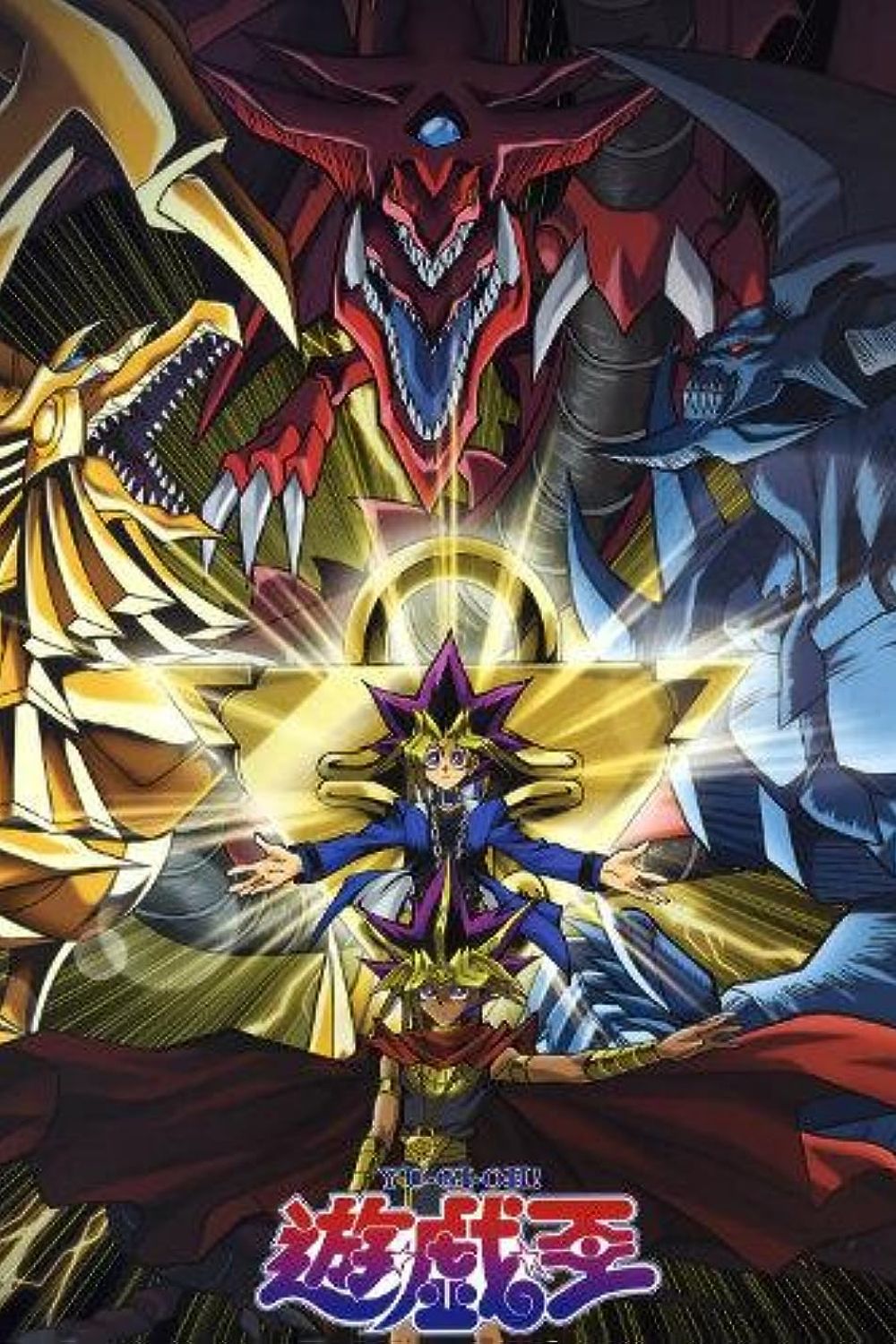
Yu-Gi-Oh! Duel Monsters
- Release Date
- April 18, 2000
- Seasons
- 5
- Studio
- Gallop
- Number of Episodes
- 224
- Creator
- Kazuki Takahashi
- Genres
- Adventure , Fantasy
- Streaming Service(s)
- Tubi , Amazon Freevee
